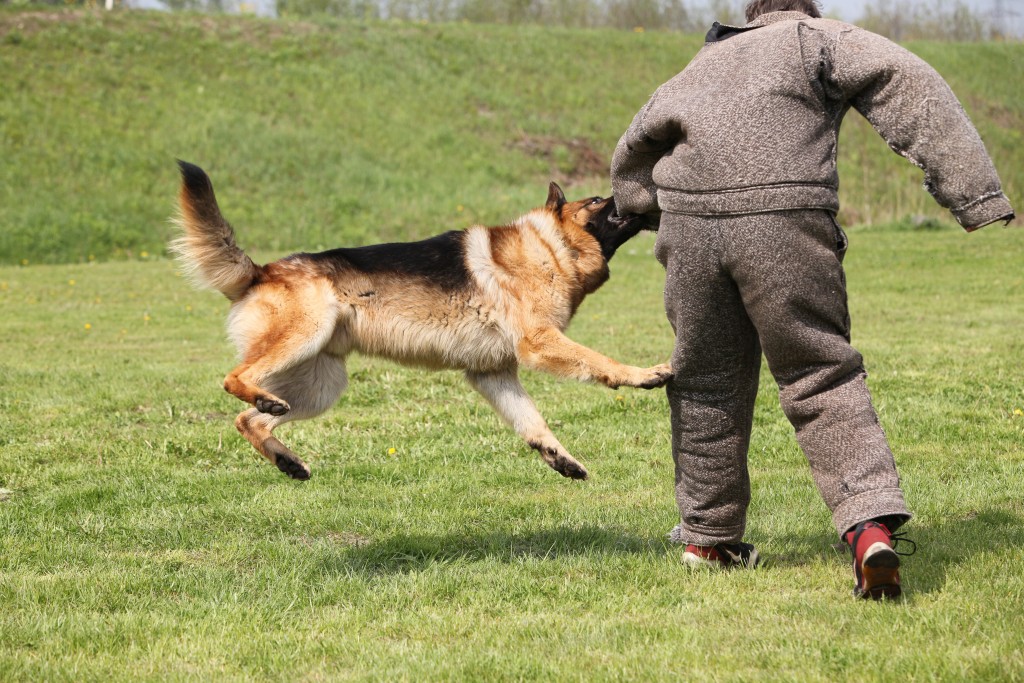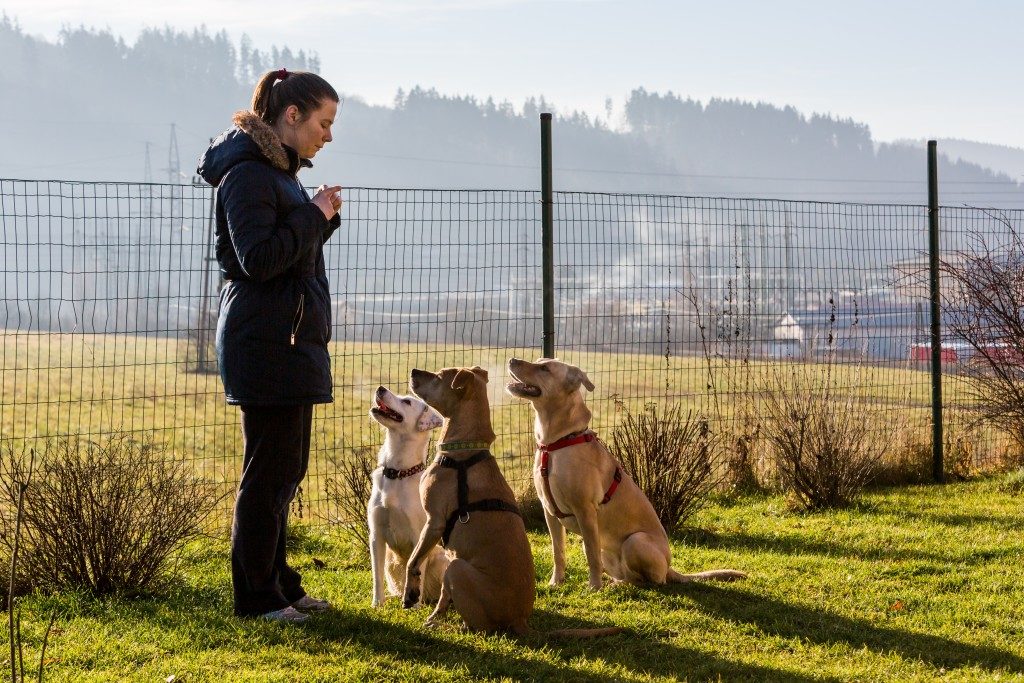Behavior Modification Techniques Used for Dogs

We have all heard it before: Dogs are man’s best friend. Some people, however, choose to have other pets since they assume that dogs are hard to train and getting them to follow a specific behavior is an uphill task. There are different explanations as to what “behavior” means. One of them is the way an animal or human being reacts to a specific stimulus. Behavior modification is a systematic approach to noticeable changes in behaviors.
Dog training experts in Loxahatchee and other parts of Florida use different approaches for behavior modification. These entail decreasing or increasing specific behaviors to boost your experience with the dog. Most people will only focus on what their pet is doing, ignoring obvious signs such as anxiety when teaching their dog a new trick. The following techniques are used by professionals to address all areas of your dog’s well-being, making sure your dog stays healthy during the process.
Habituation
This technique involves simple learning with no rewards. It consists merely of the decrease or increase of a specific response to a situation after prolonged exposure to a stimulus. For instance, a dog can be habituated to particular sounds. Habituation is different from the failure of your pet to respond to other stimuli owing to sensory adaptation, injury or fatigue. This technique results in long-term effects. If, however, your dog is exposed to continuous dangerous stimuli yet it never harms them, habituation to stimuli will not occur.
Spontaneous Recovery
This technique is related to habituation. If there exists a time gap between the learning of some habits in your dog and the re-exposure to similar stimuli, the dog might react similarly as they learned in the past. For example, if your puppy barks to get attention and you try to quiet them, then the dog becomes conditioned to your response. If you ignore it altogether, however, the barking will stop. But, it might recur in the future if you want it to through spontaneous recovery.

Reinforcement
This is a technique used to increase or decrease a particular behavior. In positive reinforcement, the dog is positively rewarded when it responds in a certain way. In negative reinforcement, something unpleasant, which contributes to a certain behavior, is removed. Most people assume this is punishment, but it actually is not.
Overlearning
This is the repeated learning of an already grasped behavior. This technique is generally used when training dogs for specific events or preventing a fearful response in them. Overlearning will delay forgetfulness and increase resistance to behavior extinction, and chances of the response becoming automatic.
Some vets recommend the use of drugs for the modification of certain behaviors in dogs. While this might seem like the easy route to attaining certain behaviors, it is only effective when combined with the techniques above. When choosing a trainer for your dog, have them explain the methods they will use for your dog’s behavior modification. This way, you are involved in the process and help minimize the risk of dangers your dog might face while in training.




